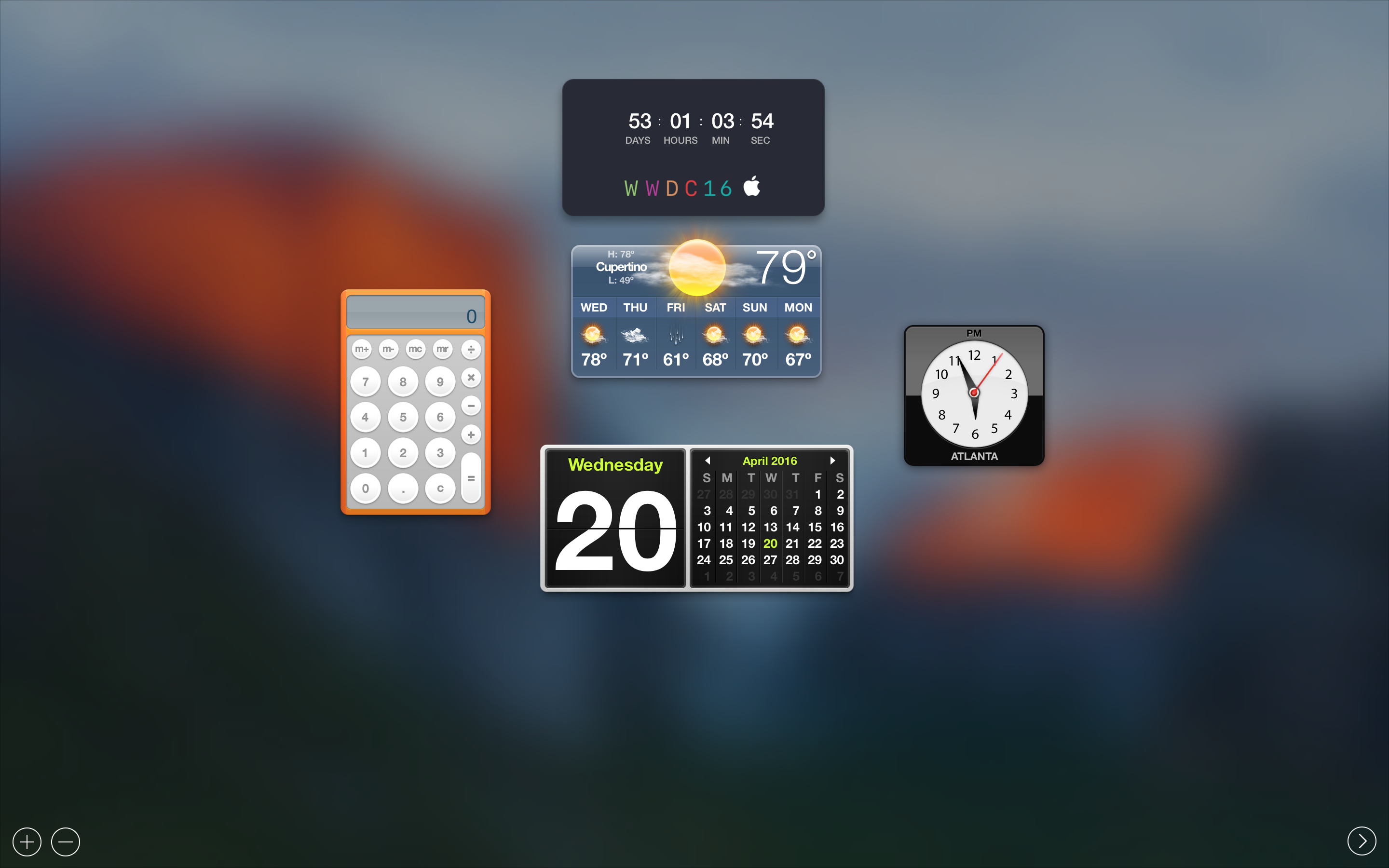

Here’s how the different outcomes of a payment map to the different statuses:įor these subscriptions, you need to get your customers back into your application to collect a different payment method so they can complete the payment. The state of the PaymentIntent affects the state of the invoice and the subscription. The PaymentIntent ID attaches to the invoice and you can access it from the Invoice and Subscription objects. Whenever a payment is due for a subscription, Stripe generates an invoice and a PaymentIntent. Payments can also fail initially (for example, a customer may enter the wrong card number or have insufficient funds), so various payment outcomes are possible.Ī PaymentIntent tracks the lifecycle of every payment. The payment process differs across payment methods and geographical locations.


#Tessitura pro android android#
You can use Elements, the Android SDK, or the iOS SDK.

This process creates a customer and displays the pricing page on your frontend. Clicking the signup button sends the information collected on the landing page to your backend. Your application might have other customer-specific information you want to collect like a username or address. On your frontend, the landing page collects the email address first. If you’re ready to build your own integration, see our quickstart or integration guide.
#Tessitura pro android how to#
This section describes our sample integration on GitHub, which illustrates how to build a subscriptions integration. Invoices create payment intents automatically. A Payment Intent tracks the lifecycle of a customer checkout flow and triggers additional authentication steps when required by regulatory mandates, custom Radar fraud rules, or redirect-based payment methods. You can also manually create one-off invoices.Ī way to build dynamic payment flows. Subscriptions automatically generate invoices. They track the status of payments from draft through paid or otherwise finalized. The product details associated with the plan that your customer subscribes to, which allow you to charge the customer on a recurring basis.Ī statement of amounts owed by a customer. Typically used with the Payment Intents or Setup Intents APIs. For example, you may store a credit card on the customer object for recurring use. Your customer’s payment instruments–how they pay for your service. If you create subscriptions, the customer ID is passed to the subscription object. Stripe Customer objects allow you to perform recurring charges for the same customer, and to track multiple charges. How much and how often to charge for products, including how much the product costs, what currency to use, and the interval if the price is for subscriptions. What your business offers - whether that’s a good or a service.


 0 kommentar(er)
0 kommentar(er)
